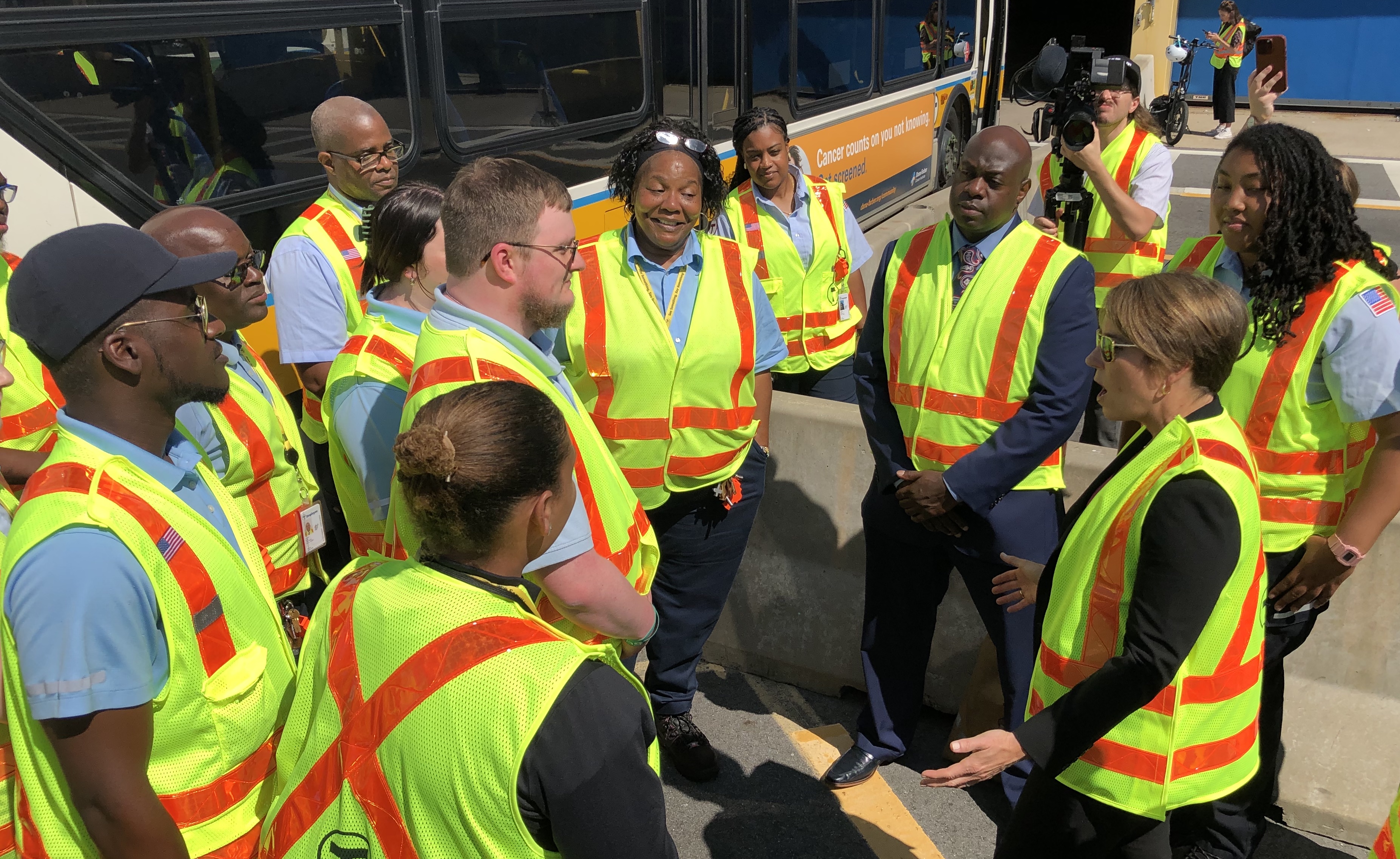All these are absolutely factors for the current mess on the Red Line. It will likely be several more years before the order is complete -- at the rate they're going (4 cars/month on the Orange Line with months being missed here and there), if there are no new deliveries on the Red Line till the Orange Line order is complete, that basically takes you to the end of the decade. In the interim, older cars will continue to develop more problems. And Red's slow zones are so bad that the headways are worse than they were a year ago, even though last December there was an increase from 15-16 sets at peak to 18-20 sets at peak on the Red Line.
View attachment 41582
The Orange Line is still being affected by fleet issues, too (not enough new trains delivered to run full service; when the December service bump happened, Orange was meant to go to 13 trains from 10 at peak with old trains slated to re-enter service, but the FTA revoked clearance to use the Hawkers after an incident nine days prior that ended up being caused by a mismounted third rail. Combined with issues that developed with the CRRC fleet around this time, there were many times around the holidays where only 6-7 sets ran on the Orange Line even at peak.)
Only Blue is running "normal" peak service (11-12 sets at peak). With more new cars having entered service in recent months it's likely the Orange may see another peak frequency increase for the fall rating, especially as the Orange's worst slow zones are concentrated on the northern part of the line, compared to being all over the place on the Red.
Finally, I think there are still some issues with operator retention but I'm not 100% sure on this.

